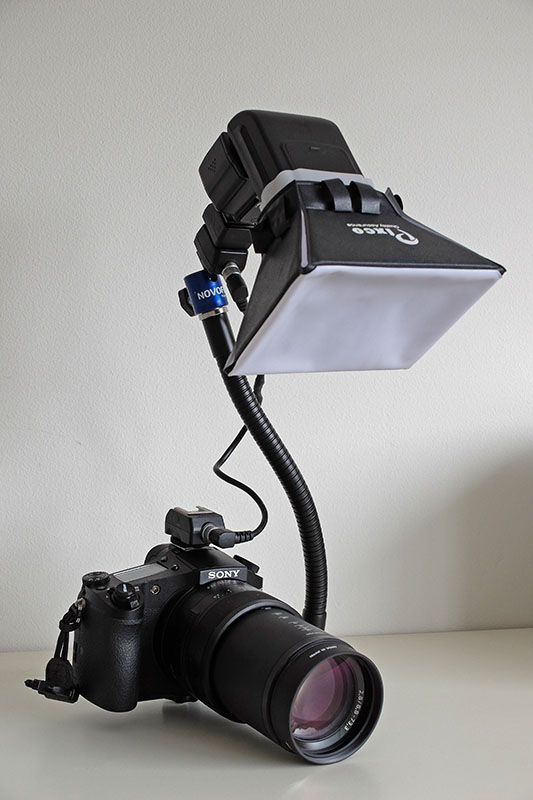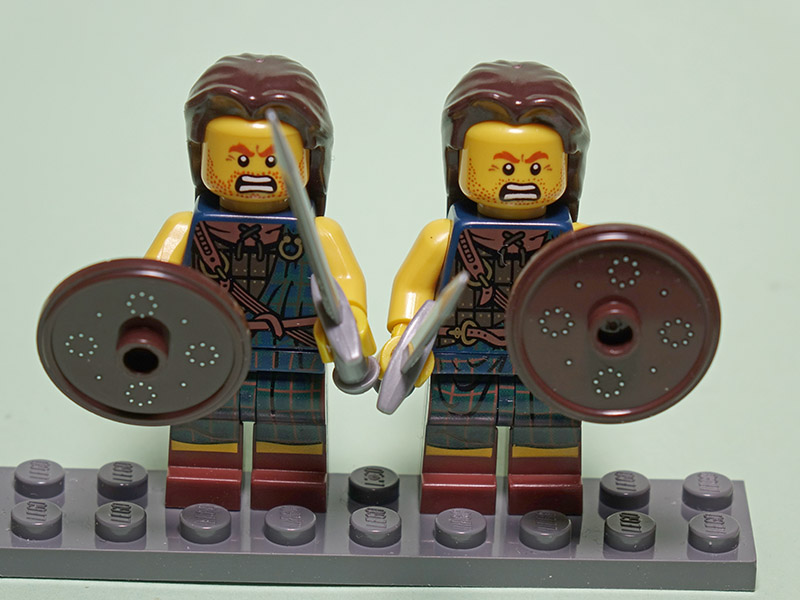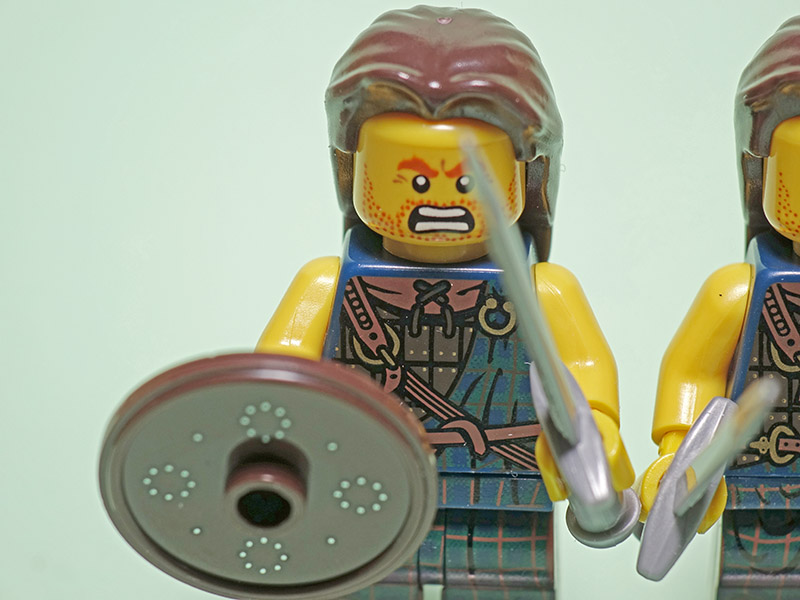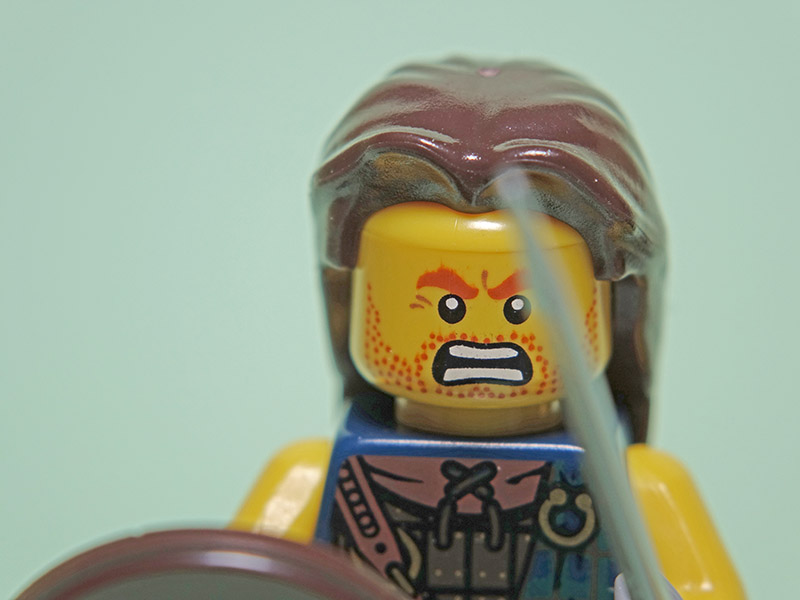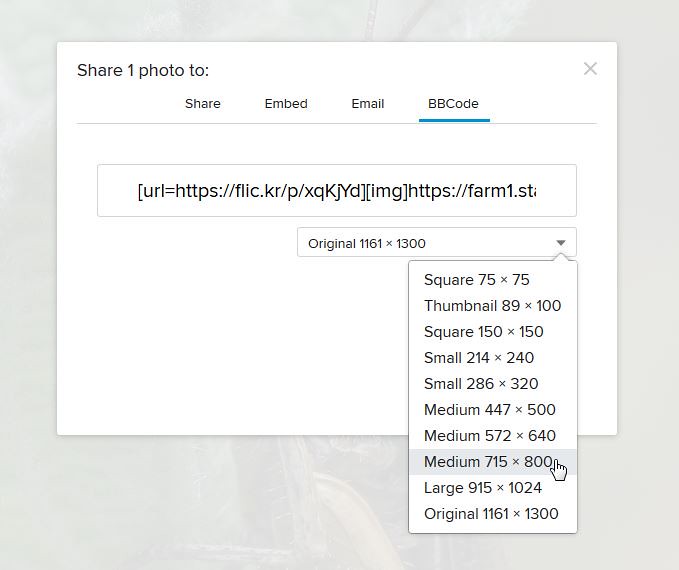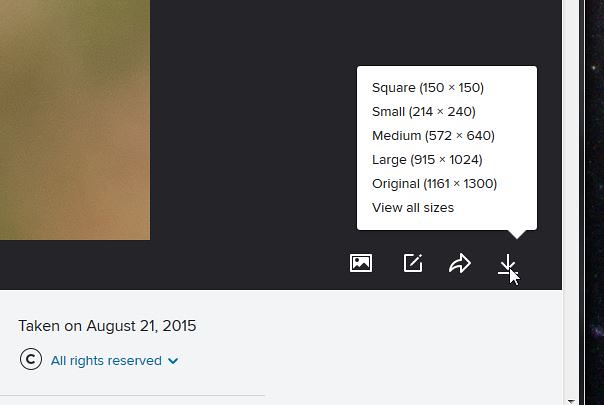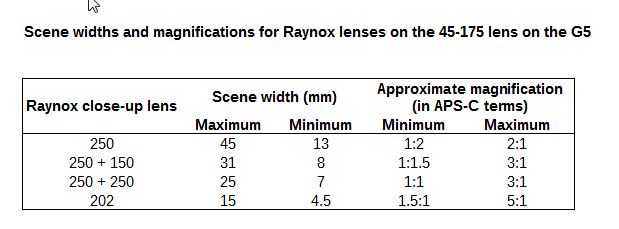Tests of various rigs lead to questioning the role of the G5
Prior to the latest round of experiments etc, this was how things looked in terms of preferred equipment to use for close-ups/macros:
- Canon 70D with 55-250 STM and optionally Canon 500D - Natural light botanical subjects and larger invertebrates such as butterflies and damselflies.
- Panasonic G5 with 45-175 and various achromats - night time shooting and very small subjects
- Panasonic FZ200 with various achromats - Day time flash shots of invertebrates
I decided to cross check these preferences by (one more time) using different cameras for some of these areas. If I could reduce from three cameras to two that would be good, and of course one would be even better.
70D with flash
I have had a lot of trouble trying to use the 70D with flash. However, I used all three cameras with flash for some wasp shots and the 70D worked as well as the other two. I decided to try again with the 70D - perhaps I had been too hasty writing it off. I decided to put the ISO up to 800 so as avoid the "not enough flash power" issue.
Unfortunately, once again it simply wouldn't work well for me. I think the difference with the wasp shots was that I was working at a fixed distance with the focal length fixed for lengthy periods on a scene and subjects which the 70D and flash handled fine. I set the flash level manually, so once I had got the flash level right things went smoothly. When I tried again in ordinary use, with varying backgrounds, subjects and focal lengths (and the lens extension that goes with that) things rapidly fell apart again. I really can't pin down exactly what is going wrong, but it felt like hard work in order to get some not very good results and a lot of failures. It is still going to have to be the Panasonics for flash work.
G5 vs FZ200 for mid-sized invertebrates
I tried the G5 for daytime flash shots of mid-sized invertebrates like the flies and spiders that I normally capture using the FZ200. It was much bettter than with the 70D, but I soon swapped it out for the FZ200. With the G5 set at ISO 800 there was nothing particularly "wrong" with it, but it lacked the excellence of handling that I get with the FZ200, where everything comes to hand so easily, and operations are really quick and smooth.
G5 for flowers, and 45-175 shutter shock
I also tried the G5 for natural light shots of flowers. The G5 with 45-175 is significantly lighter than the 70D with 55-250 STM, and that felt good. The reach is a little less than with the 70D, but I could live with that. However, when I reviewed the images on the PC very few were usable, the rest being too soft/OOF. It had been quite breezy and I had been using fairly slow shutter speeds, so some blurry results wouldn't have been surprising. But I use the 70D in similar circumstances and have never had as bad a set of results as I got in that session with the G5. Then I remembered that the 45-175 has a reputation for suffering from shutter shock.
Unlike the G3, the G5 has an electronic shutter option, with which there can be no shutter shock, so I did some comparisons with the G5 between manual and electronic shutter shots. The test images are
here at Flickr. The images are full size for pixel peeping, but saved with JPEG 60% compression to make the upload bearable.
There are six sets of shots, with 10 shots in each set. To make comparisons easier, the shots in each set alternate between electronic and mechanical shutter. (When capturing the shots I first captured the five mechanical shutter shots then the five with electronic shutter).
The shots were captured hand-held, with image stabilisation on.
- Set 1: 1/80 sec, 45mm
- Set 2: Same view, 1/125 sec, 47mm and 49mm (operator error)
- Set 3: 1/80 sec, 175mm
- Set 4: 1/80 sec, 45mm
- Set 5: 1/125 sec, 175mm
- Set 6: 1/50 sec, 45mm and 47mm (operator error, again
 )
)
With the shots being hand-held with slowish shutter speeds there is obviously some random variation in sharpness. However, when I pixel-peeped, comparing each pair of shots, it seemed to me that in 29 of the 30 pairs the electronic shutter version is sharper/has better microcontrast (not sure which, maybe both), often by what seems to me to be a quite significant amount.
So the G5 with 45-175 does suffer from shutter shock. Perhaps this explains at least part of my preference for using the 70D for flowers, the reasons for which have never been entirely clear to me. (With live view, which I always use for flowers, you can set the 70D up with electronic first curtain shutter, which I did as soon as I got the camera. So there is no shutter shock - and no mirror slap either of course in live view.)
I did a natural light test session, mainly flowers but a couple of mid-sized invertebrates too, using the G5+45-175 and using electronic shutter. The images I selected from the session are
here at Flickr. The shutter speeds range right across the problem speeds. I think they are ok in terms of sharpness.
That said (and this is a really difficult call because the differences are so difficult to pin down), I think there is something "extra" about the quality of 70D flower images. And despite the extra weight I find the 70D handles very nicely for flowers.
FZ200 for flowers
I have used the FZ200 on a couple more occasions for flowers. I have only looked at a few images so far but just as there is a difference that is difficult to pin down between the G5 and 70D for flowers, so there is between the FZ200 and the G5, with the G5 seeming to render colours and textures better than the FZ200. It follows therefore that the 70D is even further ahead of the FZ200 for flowers. Also, when photographing flowers I use the full range of apertures available to me with the 70D, from f/4-f/5.6 to f/22-f/32 depending on focal length, a range of 5 stops. With the FZ200 I have from f/2.8 to f/8, a range of only three stops. In terms of depth of field this is equivalent to around f/8 to f/22 for the 70D, so the FZ200 is limiting in terms of narrow dof images.
While I am happy to use the FZ200 for flowers if it is the only camera to hand when opportunities arise, I certainly wouldn't want to use it as my preferred camera for flowers given that I have the 70D.
Increasing reach for the FZ200
I've been wondering whether a teleconverter for the FZ200 might help with the "butterfly problem" - not having enough reach to get close enough to a small butterfly or similar to fill the frame. Unlike dSLR teleconverters, which fit between the camera and the main lens, Bridge camera teleconverters fit on the end of the lens (or preferably, as is the case with the FZ200, on an adapter tube, which is highly preferable as bridge teleconverters are very heavy).
I successfully bid for a Canon TC-DC58A 1.5X teleconverter on eBay, of a type that I had seen described as being ok in detailed discussions over at dpreview. I paid the grand sum of £16.30 for it, inclusive of delivery. The front lip was a bit dented, and I knew that might have affected the optics despite it being described by the seller (not a photographer was my guess) as "otherwise in perfect working order" (how would he know? was my thought). I did comparisons of images captured using the teleconverter and images captured with the bare camera and cropped. The cropped images were better.
More importantly, I learnt a lesson about working distances with these teleconverters - working distances are increased a lot, and so much so that even if you get as close as possible you can't get the subject nearly as big in the frame as you can without the teleconverter. So for nearby subjects like I was most interested in, they don't increase the reach. Still, better to learn about that paying £16.30 than paying several hundred for a non-dented version that wouldn't do what I wanted anyway.
FZ200 for night time sessions
I went out recently for a night time session with the G5. My first subject was a fairly small spider. As it wasn't going anywhere I decided to try it with the FZ200 to see how the two cameras compared. I switched between cameras a couple of times and ended up using the FZ200 for the rest of the session. I can't see what is going on quite as clearly on the LCD with the FZ200, but well enough for both autofocus and manual focus. And overall things went more smoothly wth the FZ200.
I need to look through some night session FZ200 images to check on image quality, but if that is ok it looks like the FZ200 could satisfactorily replace the G5 as my night camera.
FZ200 for small subjects
My current preference is to use the G5+45-175 with Raynox MSN-202 for the smallest subjects. I want to test the FZ200 for very small subjects but I haven't yet found anything suitable like springtails, barkflies and fruit flies, so this is still a "to do". However, in the meantime I have done a desk test, and this has shown that my preference for the G5 is based on previous comparisons that are probably invalid.
The 45-175 on the G5 has a smaller maximum equivalent focal length (350mm in full frame terms) than the FZ200 (600mm equivalent). This means that the G5 with 45-175 can't give as much magnification as the FZ200. Also, all my Raynox lenses work without vignetting on my G3, but they all vignette on the FZ200. I can only use from about 6X zoom to full 24X zoom on the FZ200 with the Raynox 150 or 250 or both stacked. The vignetting is much worse with the MSN-202 on the FZ200, and I can only use from about 12X to 24X.
What I had not realised was just how much difference all this makes for comparing the MSN-202 on the G5 and the FZ200, which is the comparison on which my preference for the G5 is based. Here are some numbers.

Small subject achromat comparison – G5 vs FZ200 by
gardenersassistant, on Flickr
As far as using the MSN-202 is concerned, the G5 produces some quite severe pincushion distortion at lower magnifications, but I don't this matters too much for close-ups/macros. The FZ200 gives a limited range of very difficult to use extra high magnification, and produces quite severe chromatic aberration, increasing as magnification increases. This can be removed in post processing, but given the amount of it I can't help thinking that the removal process must damage image quality somewhat.
Much more important though was that I was not comparing like with like. I should have been comparing the G3 with Raynox MSN-202 with the FZ200 with Raynox 150 and 250 stacked. With the 150 and 250 stacked on the FZ200 you get the same range of magnification as with the MSN-202 on the G5, but without the pincushion distortion and with twice the working distance. I will go out with the FZ200 looking for small subjects and this time I won't take the MSN-202 with me.
The role of the G5
I recently bought a G5 as an upgrade for my G3. It does have better operating characteristics than the G3, and can produce better image quality too, especially with natural light flower shots at higher ISOs. However, in the areas in which I have seen it as the preferred tool, very small subjects and night shooting, it is looking to me, subject to some more testing and image quality evalutation, that the FZ200 may be better in those areas. Given that these tests have not revealed any other areas in which the G3 might be the preferred tool, I think I may be dropping the G3 and going back to using two cameras, the 70D for natural light shooting and the FZ200 for flash work.

